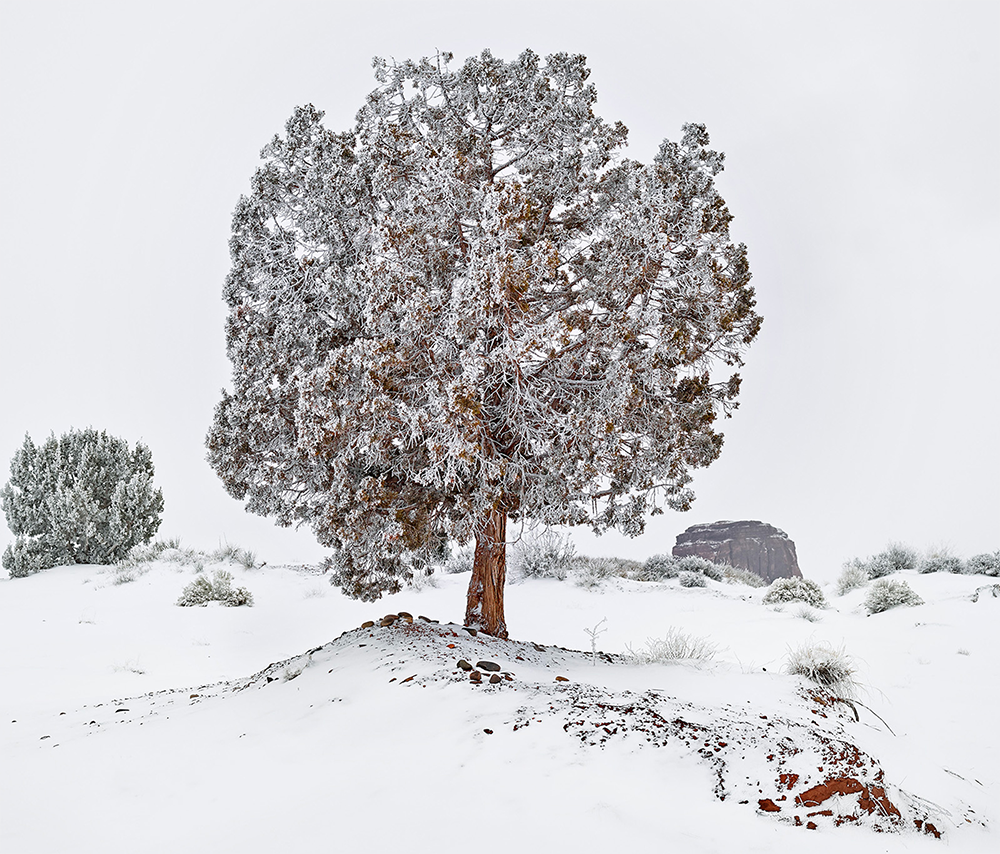
Tony Hewitt is a multi-award winning Australian fine art photographer.
Do you remember the moment when you decided you were going to become a photographer?
I remember wanting to be a photographer from early on. I’m not sure of the exact moment, but I do recall shooting an image of the setting sun as it glistened through the tall grass, shot through the front window of my car at the age of 17. I used the strip of window tint across the top as a gradient filter. This was my first landscape image and still hangs on the wall at my sisters house, (although I must admit to not really understanding much more at the time than it looked good, and the camera was on auto. This was the beginning of my journey as a photographer.
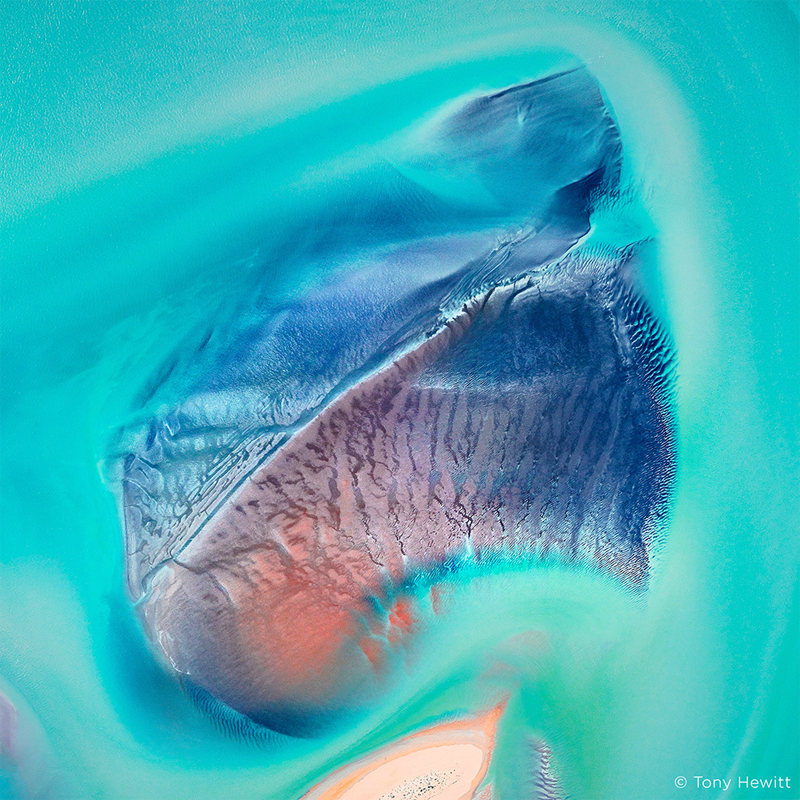
Why did you choose to focus on landscape and fine art photography?
After a career involving nearly 1000 weddings and thousands more portraits, I found myself moving into the commercial genres, and ultimately began pursuing private projects. This was partly due to a constant desire to improve and continually push myself to be a better photographer, and also a need to find more diverse outlets for my creative instincts. I am a person who needs to keep moving and constant
Shooting weddings and portraits involved working with small to large groups of people, landscape and personal projects offered the chance to pursue my own creative instincts further, and find some time away to explore the world around me. This is something I was naturally attracted to, and I believe it is the balance between the two genres that has allowed me to stay inspired and motivated. Ultimately this has led to increased opportunities to share a more personal style of work, and in hindsight, landscape probably found me more than the other way around.
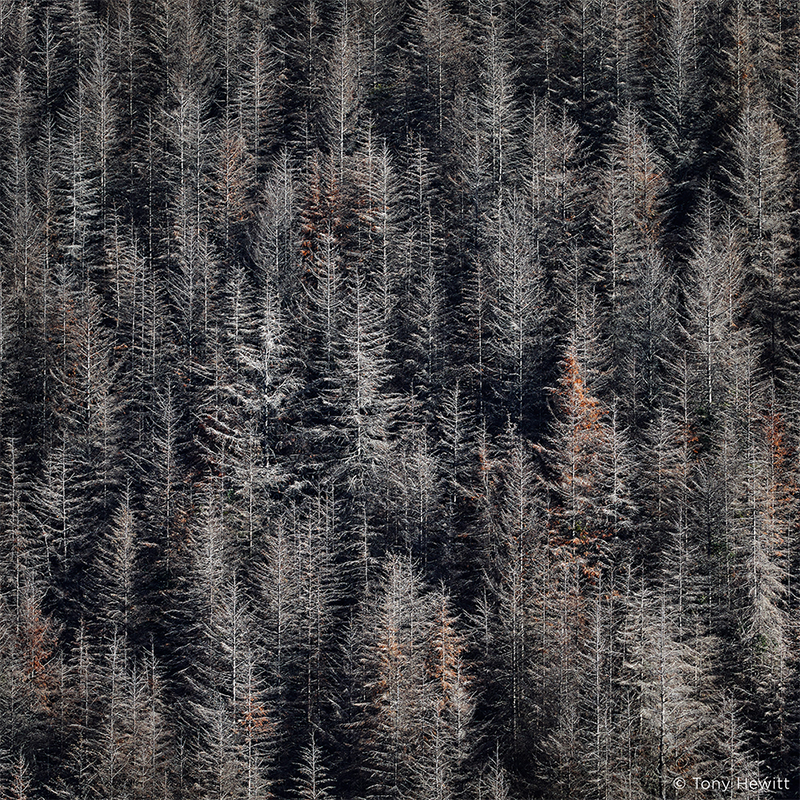
What can you tell us about your post production process?
A good friend of mine, photographer Peter Eastway, often reminds us that photography is about capture, and expression. Great images start with great vision and a good image file, and shooting with the Phase One XF Camera System gives me the opportunity to ensure I start with the highest quality of capture. The high resolution files offer great detail and dynamic range, but it is important to remember that the final outcome will only be as good as the combination of the original file and the post-production work done after the capture.
My post production process primarily involves the use of Capture One and Photoshop. Capture One is where I process the raw file, exploring and extracting the full potential from the file and processing it out as either a TIFF or a PSD. I then open the processed file in Photoshop where I edit in a more specific way, looking to produce an image that will express what it is that I responded to both visually and emotionally when capturing the image, and seeking to refine the image, in a way that is true to the narrative or idea that triggered my instinct to press the shutter in the first place.
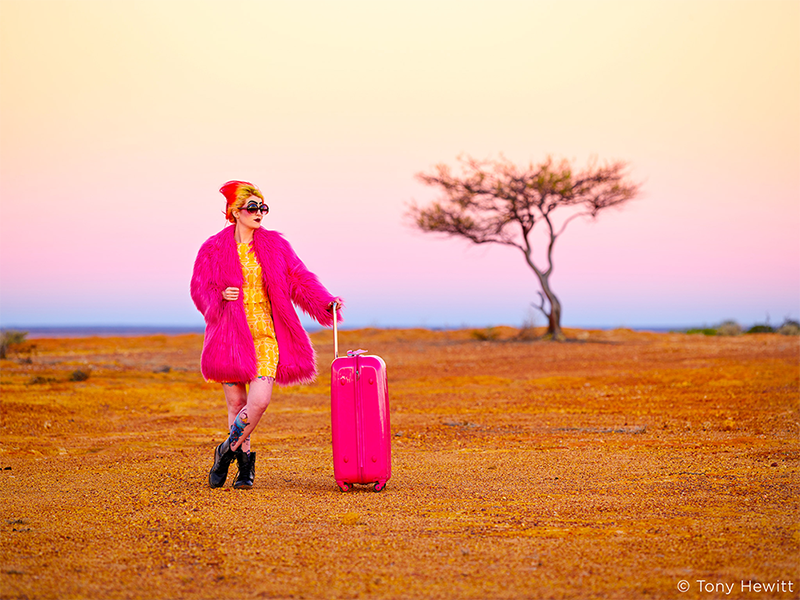
Why does Medium Format/Phase One support the type of photography you do?
These days the majority of my fine-art photography work results in large format prints. Most of my finished rectangular prints are between 120cm and 240cm on the long side, and many square images are 150cm square or larger. High quality and high resolution detail, along with maximum color depth are a high priority, something that medium format will deliver. The Phase One Camera System delivers the highest quality files with cutting edge technology.
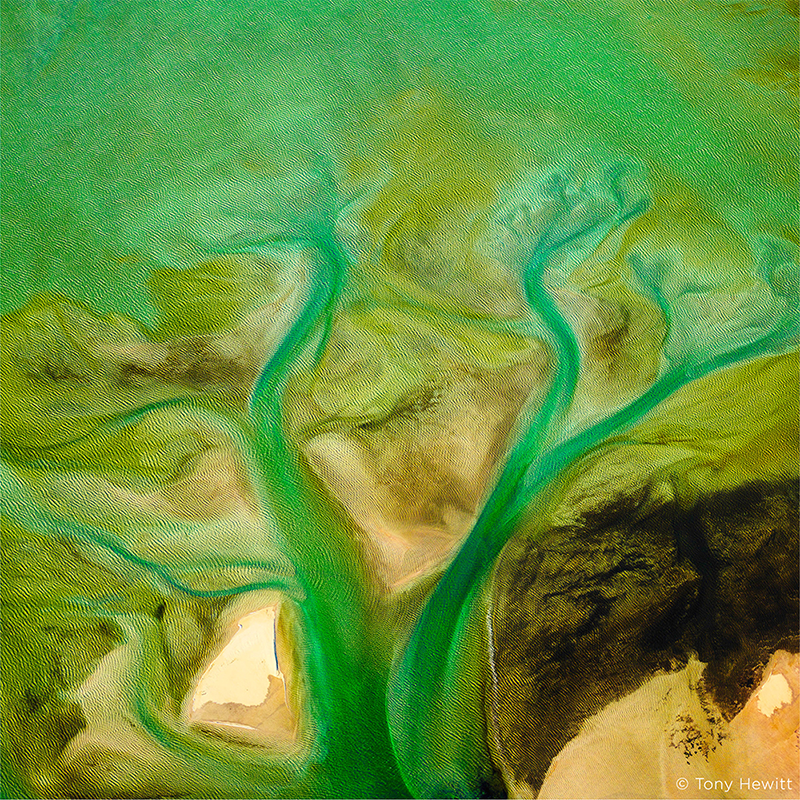
Do you have a favorite lens to shoot with?
I have several favorite lenses, depending upon the type of images I am capturing. When shooting aerial images, I prefer to use a Schneider 80mm lens which provides my chosen perspective from the air. When photographing from ground level I often use a Schneider 240mm lens in order to isolate select areas of the landscape. The 240mm lens also provides a flattened perspective which is complementary to the abstract and geometric style that are a signature of my imagery.
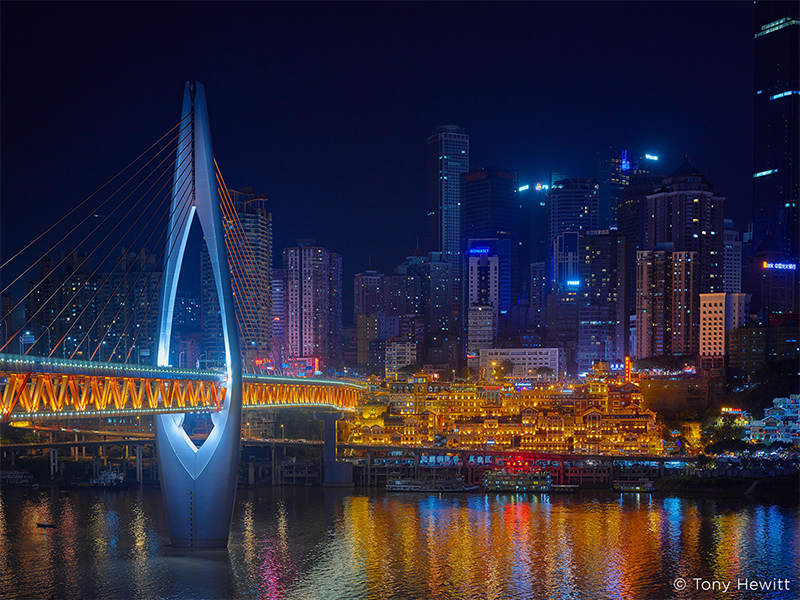
What can you tell us about your printing process?
After finalizing my images on an Eizo high end calibrated monitor, I soft proof each image to the final paper. I make my last minute corrections and then I go to print. My preference is for matte fine-art papers and I use either Canson Edition Etching Rag, or Rag Photographique. I also use Canson Platine when a semi- gloss or similar is required?. I generally choose to work with a large color gamut, enabling me to take advantage of the incredible dynamic range available with the Phase One Camera System.
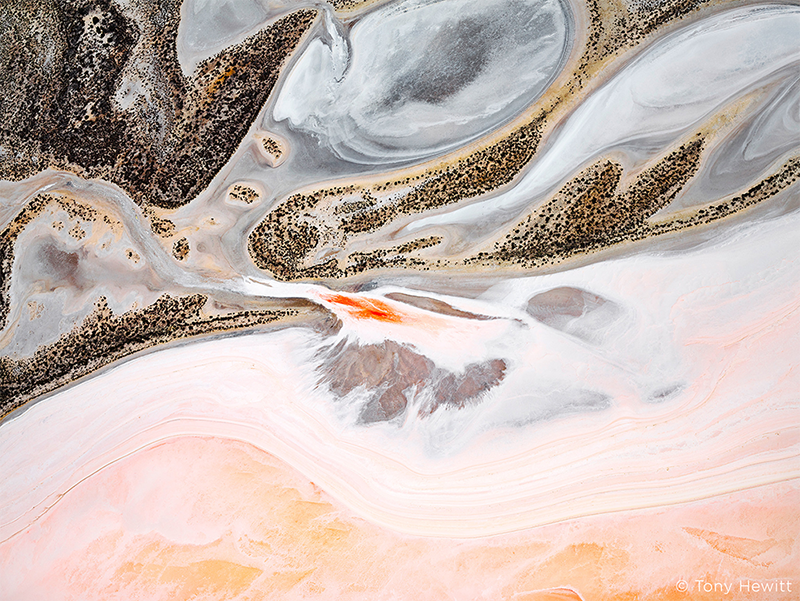
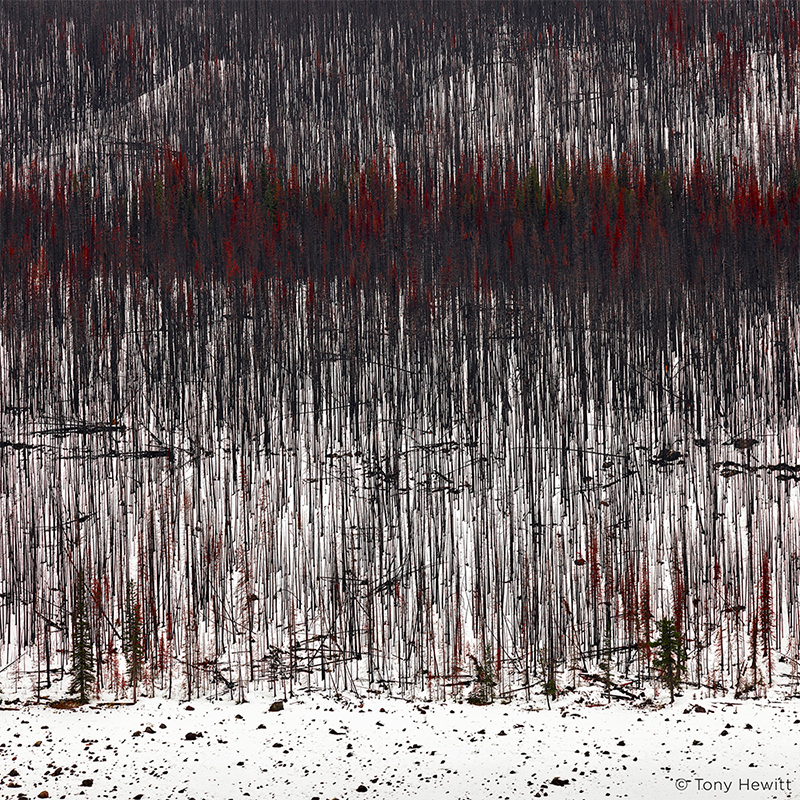
See more of Tony’s photography on his website.
To learn more about the XT Camera System, visit phaseone.com/xt.


